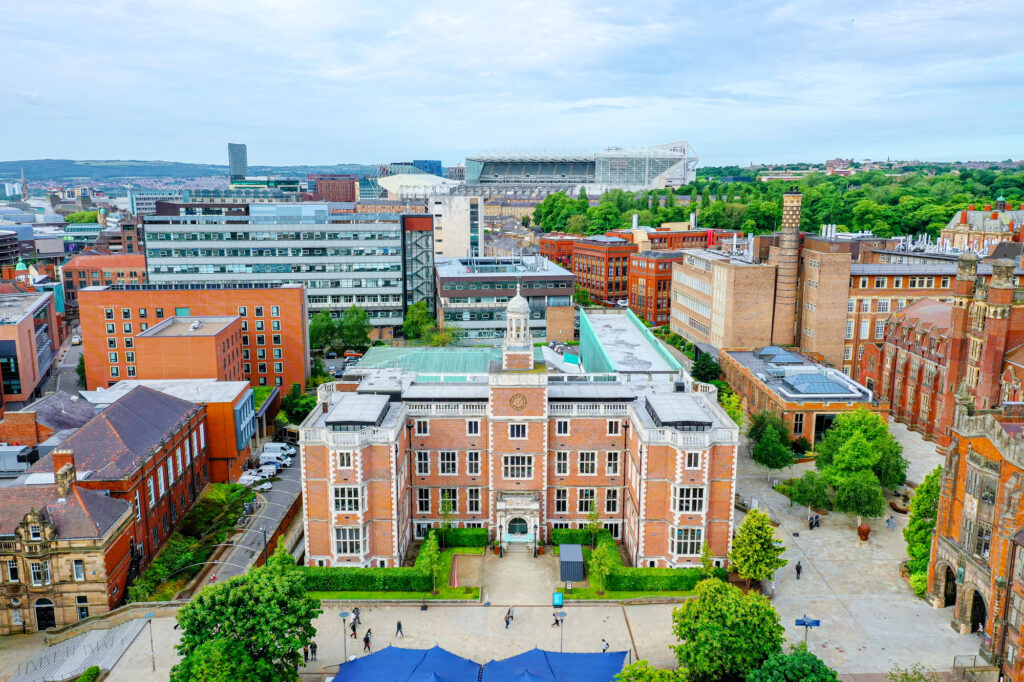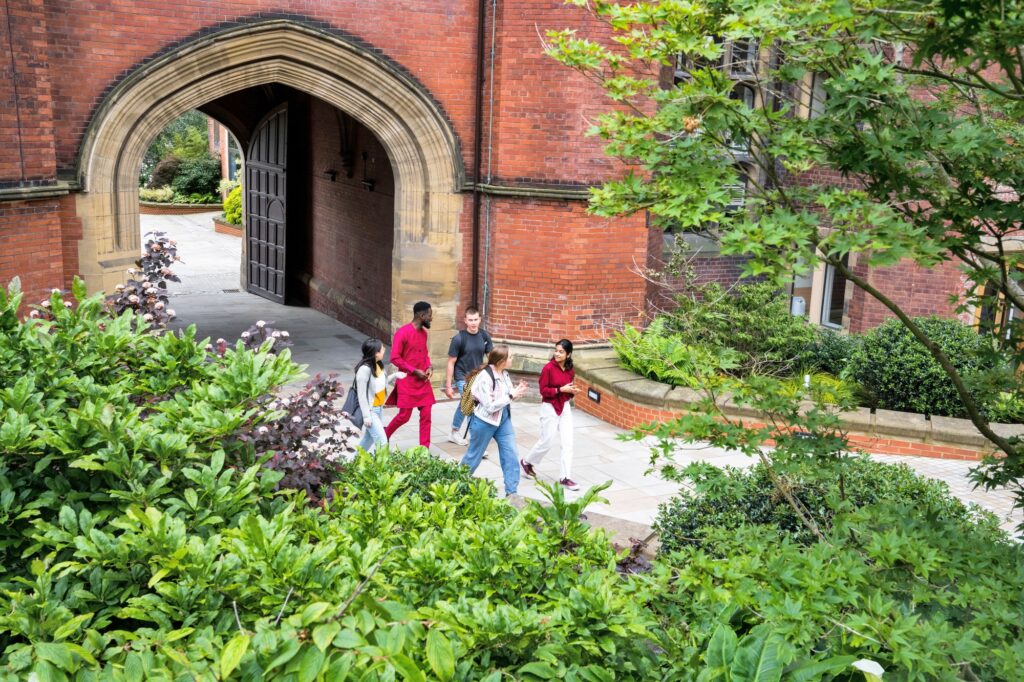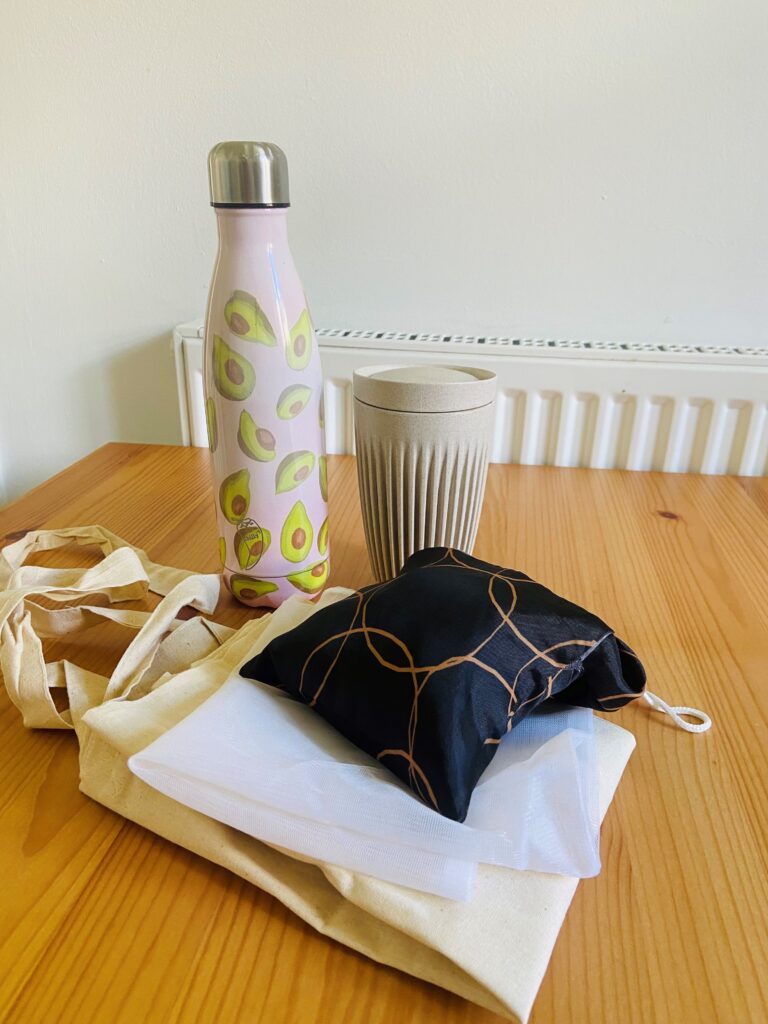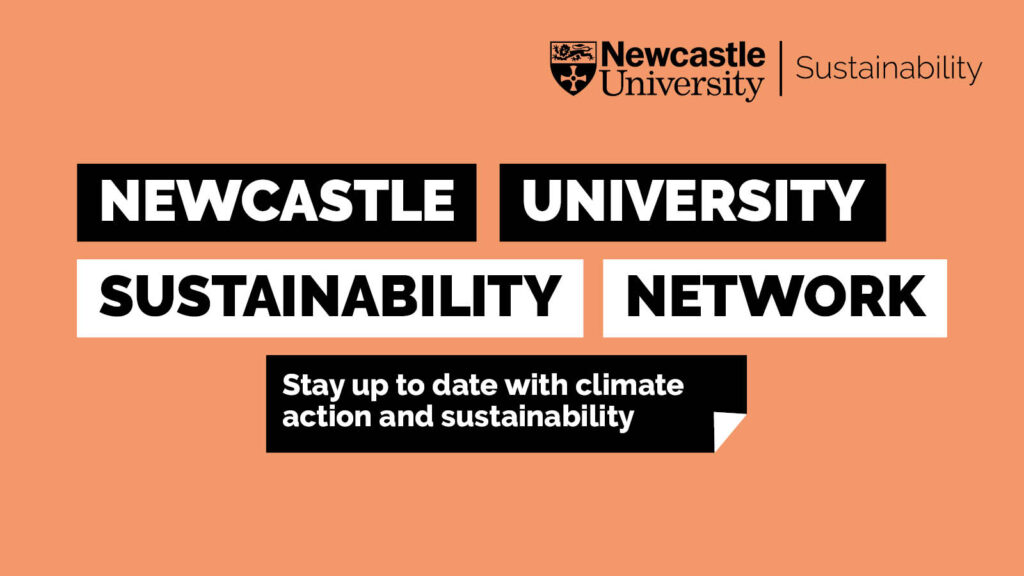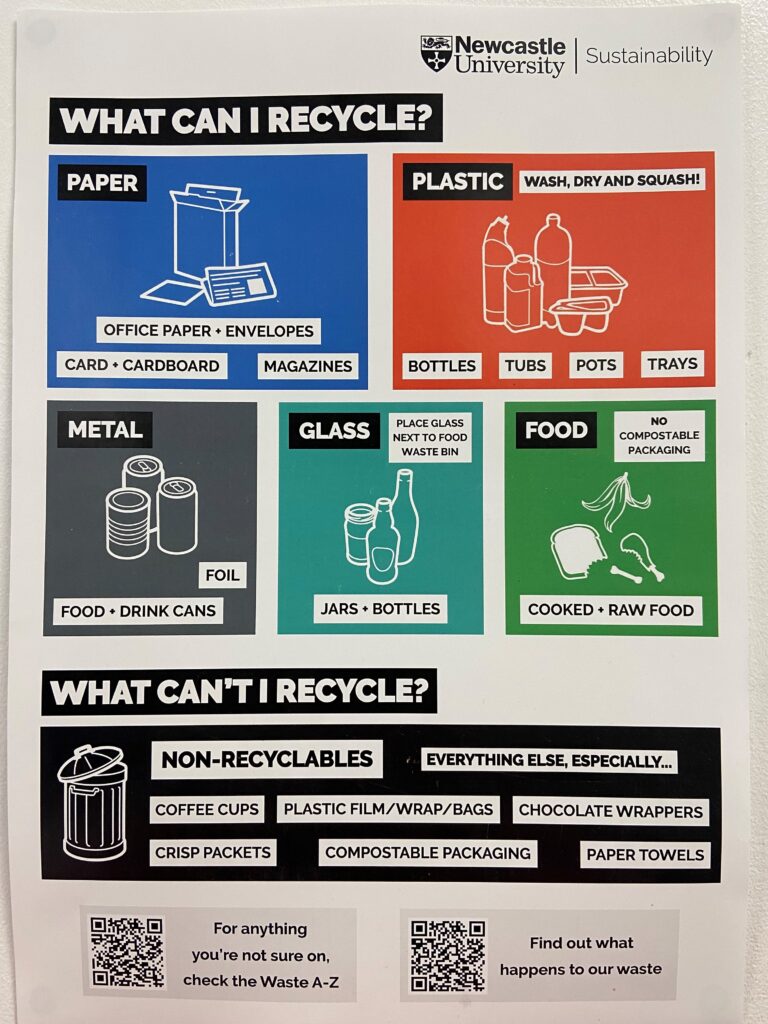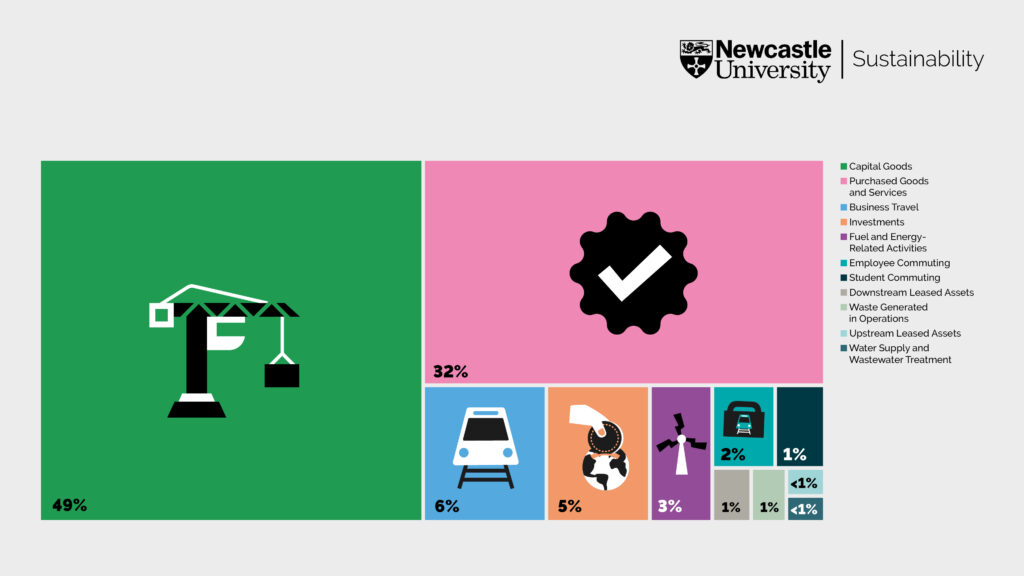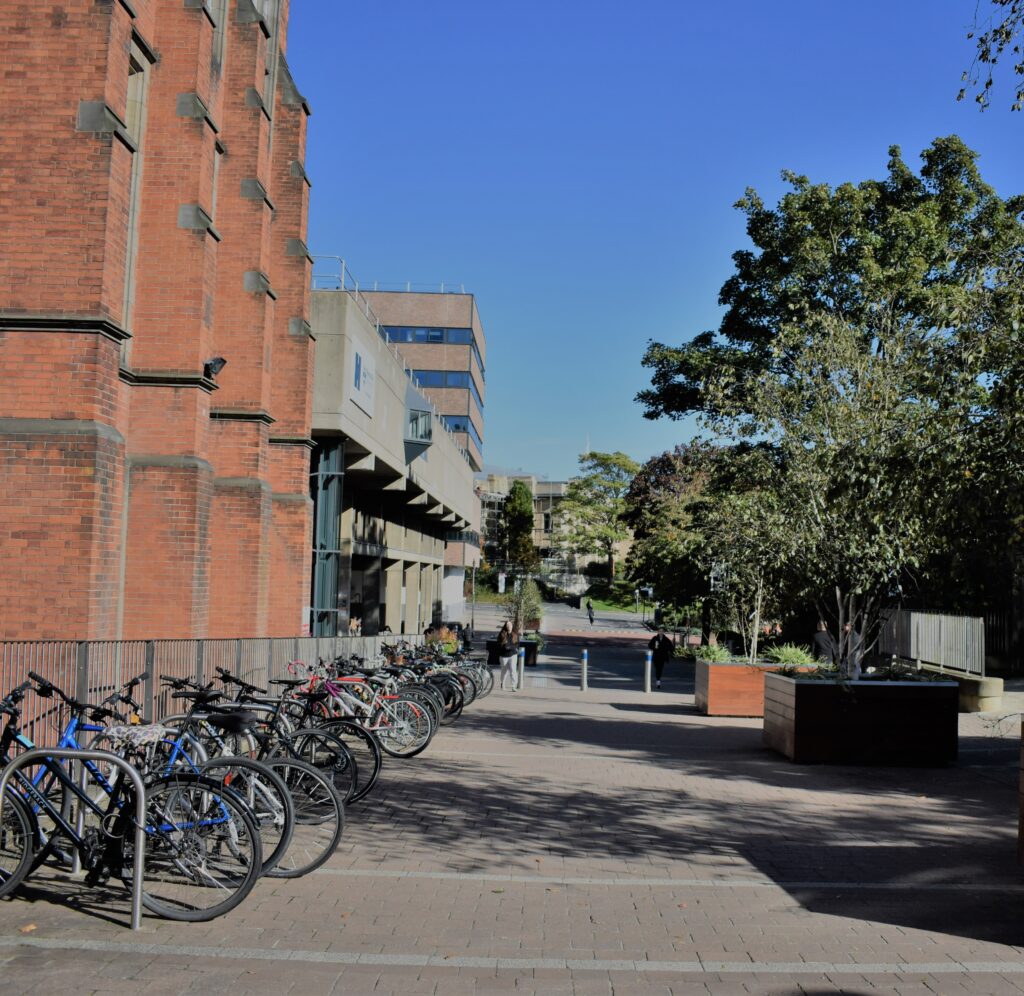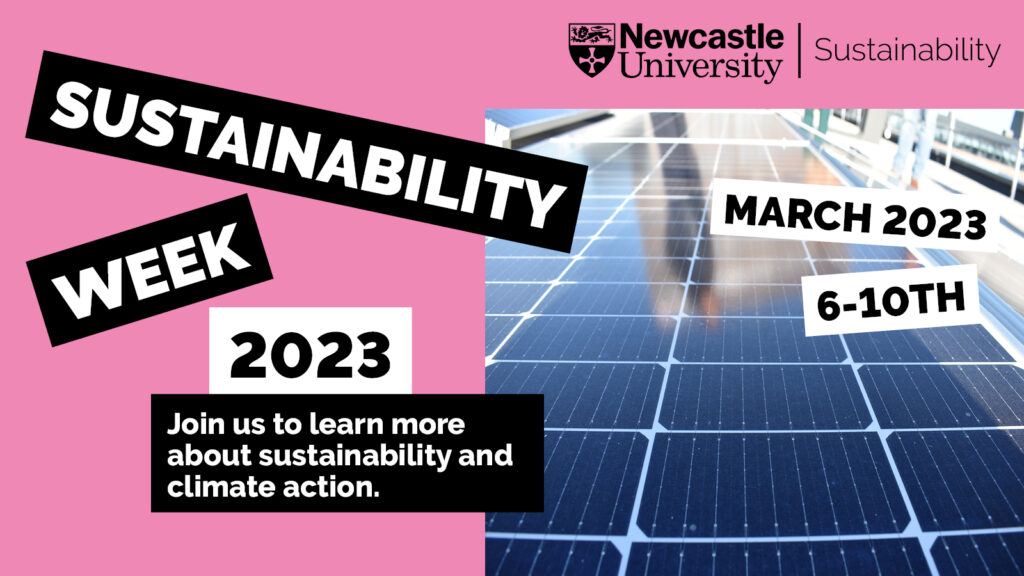It goes without saying that money is an incredibly important resource: it organises economies the world over, facilitates vast global trade, and is used to buy all sorts of goods and services, from everyday items to the resources that keep our university running. How money is spent, therefore, is very important to the ways in which our societies work, including how they interact with the environment. At Newcastle University, we earmark £15 million a year for net zero projects across our organisation, but great care is also taken when managing other investments and purchasing. So, how exactly does our institution manage its finances with the environment in mind and are there ways that individuals can do the same?

Ethical investment
Considering sustainability is important wherever financial decisions are being made, but large institutions such as our university have much more responsibility than individuals because the flows of money they handle are so much greater. For this reason, our university has drawn up a range of policies and commitments over the years to ensure that we’re managing our money sustainably, and a major aspect of this is the University’s Socially Responsible Investment Policy.
This policy applies to all long-term investments and puts social, environmental, and humanitarian concerns at the heart of the University’s financial decision making. Key aspects of the implementation of these principles include:
- Only appointing investment managers who are signed up to the UN Principles for Responsible Investment (UNPRI), will report on the carbon emissions of their portfolios, and will consider membership of the Net Zero Asset Manager Initiative.
- Considering concerns from anyone in the University community about investments, and meeting regularly with investment managers to discuss values including sustainability.
The University will cease its partnership with any investment manager who fails to meet our values. - Never investing in tobacco, fossil fuels, or arms companies.
More information and a Q&A page about ethical investment at our university can be found on our dedicated webpage.
Sustainable procurement
Additionally, on top of the Socially Responsible Investment Policy, the University’s Procurement Service maintains their own Sustainable Procurement Policy to help balance the University’s needs and responsibilities. This policy is organised around three sets if priorities: environmental, social, and financial, and features many considerations including:
- Reducing carbon emissions,
- Adopting circular economy principles,
- Achieving social justice, and
- Ensuring value for money.
For a full list of these priorities and information on the Procurement Service’s NETpositive Supplier Engagement Tool, take a look at their website. You can also explore our procurement page for further details on different areas of procurement and how to get involved.
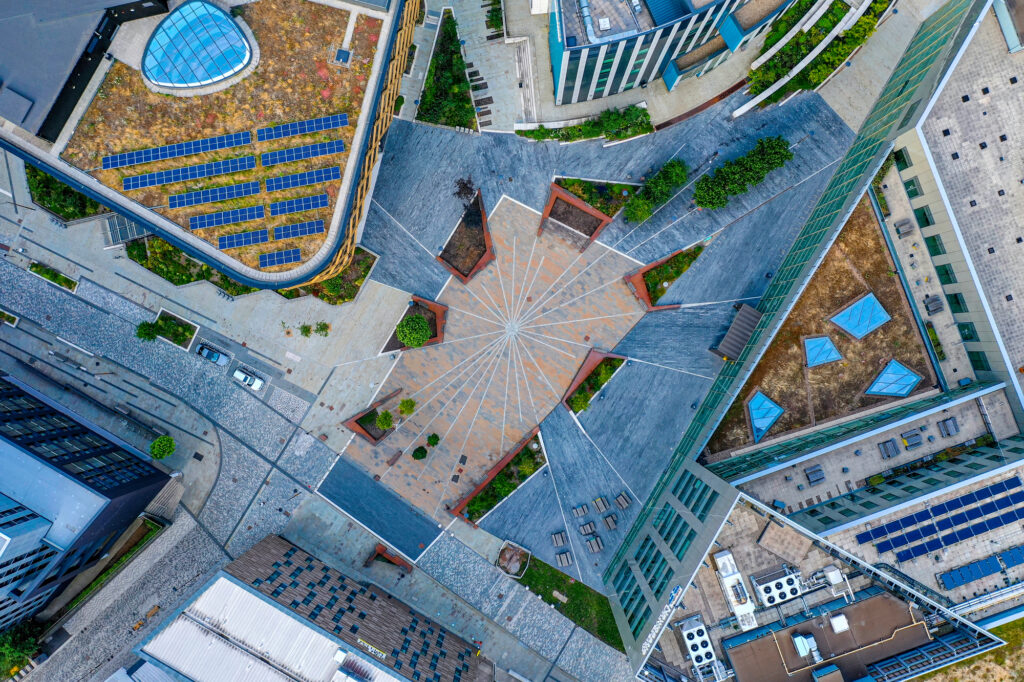
What can I do?
It’s not just large organisations like the University that can make a difference with their money, however. Considering environmental concerns in your purchasing can help support climate-positive organisations and initiatives, while reducing sales for companies and services that profit from unsustainable industries and practices. For guidance on what you can do to spend (or save!) with the planet in mind, explore our blog pieces on:
- Sustainability tricks for individuals on the move,
- Tips for a ‘Planet Healthy’ plate,
- Sustainable fashion ideas,
- Sustainable commuting, and
- Sustainable holidays.
Additionally, when managing your finances, it can also be a good idea to look into the ethical and environmental commitments and credentials of the banks you use or are interested in using. Where banks put their money has a big impact in the world and some companies have better policies and track records than others. Ethical Consumer have a great recent article on this for further guidance, and their other articles and publications are worth exploring too for high quality information on a range of sustainable consumption topics.
Finally, if you’re a student and you’re struggling to make ends meet, you can explore the support available from the University on the Student Financial Support webpages.
Thank you so much for taking the time to read this blog. If you’re interested in the other work that we in the Sustainability Team are doing, then check out our website, newsletter, and our projects and partnerships including: Green Impact, Dr Bike, Furniture Reuse, Co-Wheels, and the Bicycle Users Group! Send us an email to find out more about any of the above.

